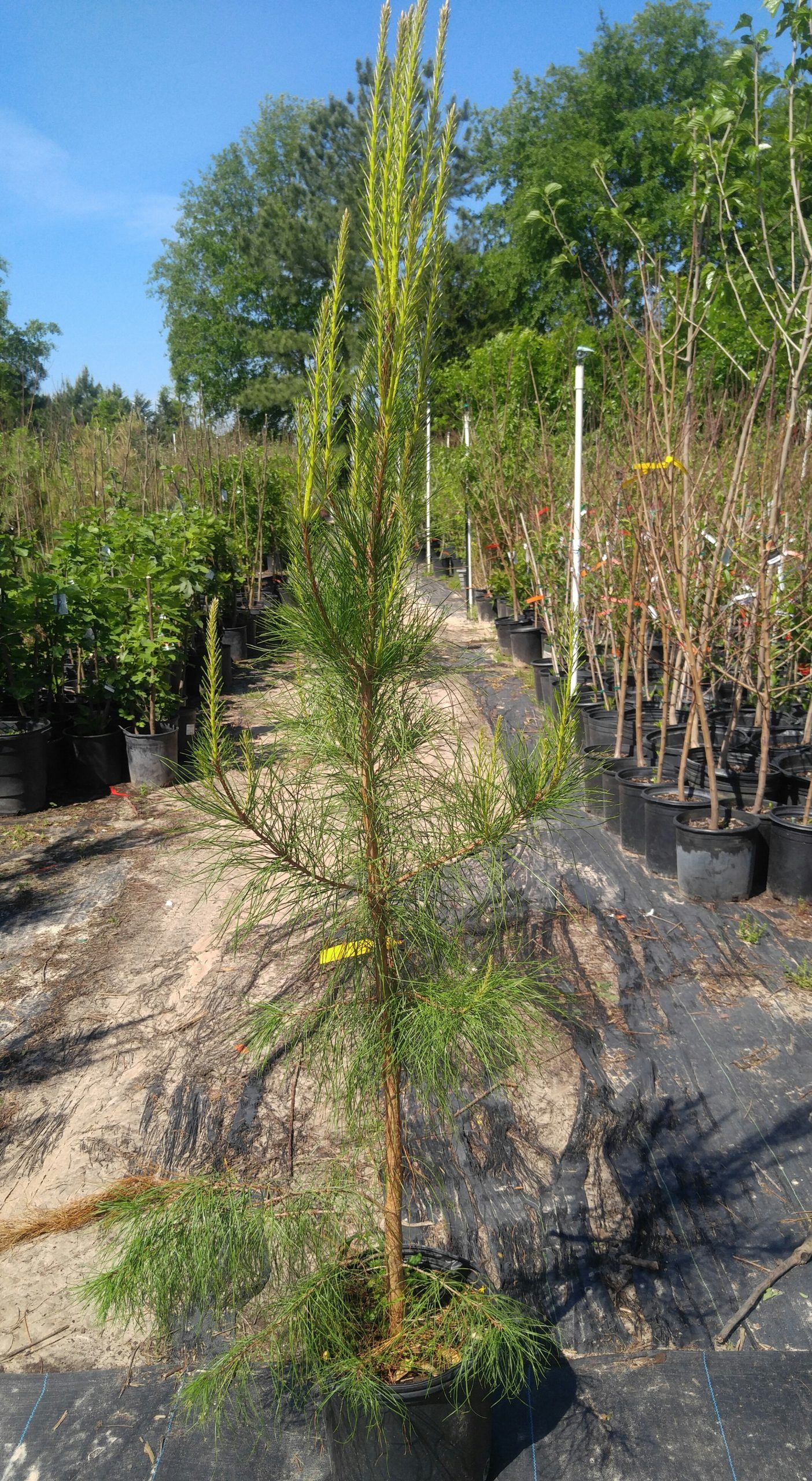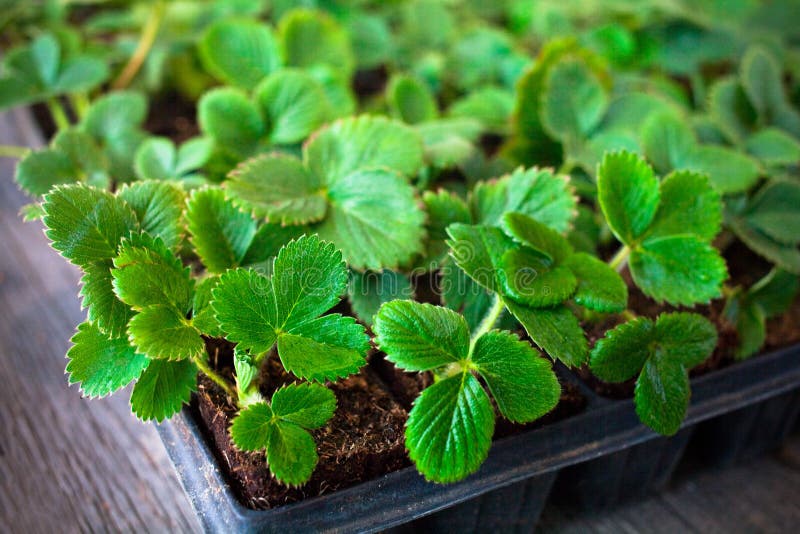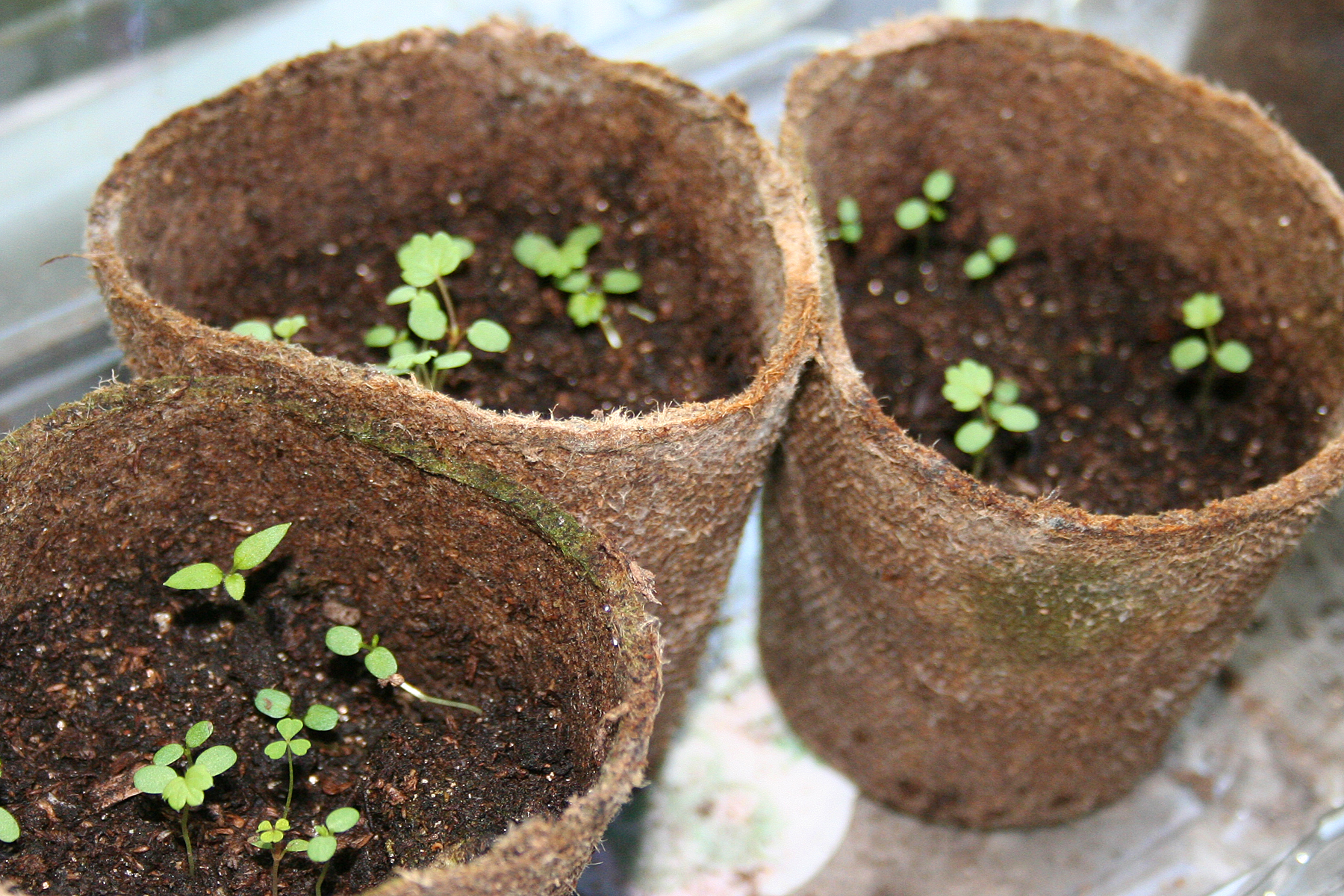

Water, water, water! Strawberries need roughly an inch of water per week. Take Proper CareĬaring for your strawberry plants involves a few key steps:Īfter planting, add a layer of mulch to tamper weeds and keep moisture levels consistent.
STRAWBERRY SEEDLINGS HOW TO
While it can feel disappointing to miss out on a harvest your first year, it's a key step when learning how to grow strawberry plants - you'll have healthier plants and a bigger harvest next June.įor day-neutral and everbearing varieties, pinch back blossoms until early July the first year, then allow blooms to develop into berries for the remainder of the growing season. By removing flowers, you force plants to direct their energy toward developing strong leaves and roots so that, later on, they have enough energy stored up to create a bumper crop of dreamy, juicy berries.įor Junebearing strawberries, pinch back all flowers in the first season. Once your strawberry plants start forming buds, you'll want to pinch off all flower buds for at least the first few weeks.
STRAWBERRY SEEDLINGS PATCH
You'll have a booming strawberry patch before you know it! 6. Space plants per your plant tag or seed packet. Simply plant seedlings at the same height they were in their original container. If they're too shallow, they may not be able to absorb the water they need to flourish. If they're planted too deep, they may not grow out of the soil.

Ensure the crowns are level with the soil line. Use your trusty trowel to create a hole that won't crowd the roots. Trim the roots to approximately 3 inches long, then remove any flowers or dead leaves. First, soak the roots in room-temperature water for about two hours. Plant Correctlyīefore planting, apply a well-balanced fertilizer (like a 4-4-4 or 3-6-4 fertilizer designed for vegetables) to the soil per the bag's instructions.īare-root plants require a bit of TLC before they're ready to go in the ground. You can also plant seedlings in the fall. Plant bare-root plants or transplant seedlings as soon as the soil is warm enough to work in the early spring. Seeds: You know those brown specs on the outside of the strawberry? Those are seeds! You can purchase strawberry seeds and start them indoors to transplant outside when the weather warms. Starter plants: These actively growing plants have foliage and perhaps a bloom or two. But fear not all you have to do is give them a little sun, water and soil, and they're good to go! Strawberry plants typically come in three different forms:īare root: These plants arrive dormant and will look brown and spindly. Or, take a more unconventional route and incorporate strawberries into your landscape as a groundcover. You can also plant strawberries in containers, pots designed specifically for strawberries or a strawberry hanging planter. Once you've identified the right strawberry (or strawberries!), it's time to scout the perfect spot.

You can try planting a collection of Alpine varieties or opt for a fun pick like ' Alpine Yellow Wonder.' Also referred to as woodland strawberries, these reliable berries tend to grow well in colder temperatures and need less direct sunlight than other types. Some varieties also work well in containers - ' Mara Des Bois' and ' Ruby Ann' are top picks for potted berries.Īlpine strawberries produce small fruit and no runners. Everbearing plants last several seasons but have few runners, so be prepared to purchase new ones when needed. Top picks include ' Earliglow,' ' Jewel' and ' Sweet Charlie.' Everbearing StrawberriesĮverbearing strawberries, such as ' Seascape' and ' Evie-2,' produce a heavy crop in June followed by summer and fall crops. Individual plants last several seasons, but their new runners keep your patch going year after year. However, they run the risk of damage in a late-spring cold snap. Junebearing strawberries produce most of their fruit in - you guessed it - June.

You have three main types of strawberries to choose from: Junebearing, everbearing and alpine. They spread through runners (also known as stolons) that extend from the original plant's base and establish roots in the surrounding soil. As groundcovers, strawberries keep a low profile.


 0 kommentar(er)
0 kommentar(er)
